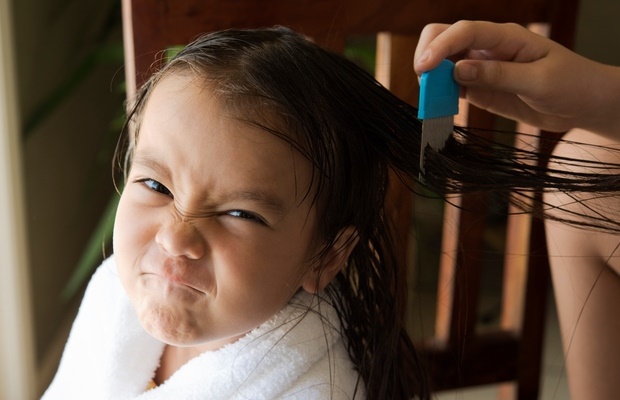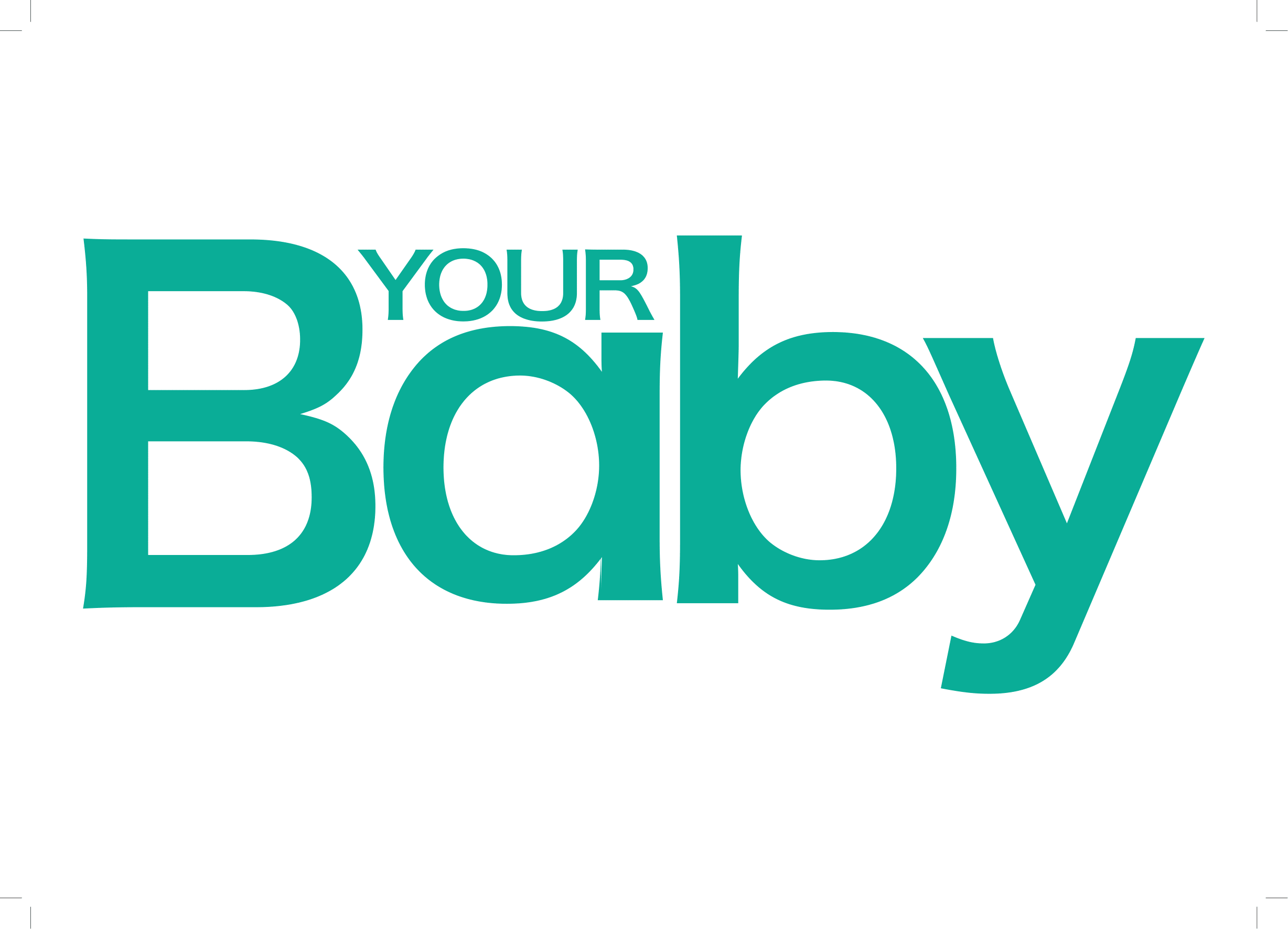
(This article was first published in Your Baby, April/May 2016)
It’s not a topic that anyone is really comfortable with, but the fact remains that lice happen. They’re just one of those inconveniences that come with childhood territory, and if your child gets them, rest assured that you won’t get a parenting demerit.
A lice infestation is not a sign of uncleanliness or neglect, despite their icky factor.
Recognising lice
Lice are easily missed because their tiny eggs (or nits) can be mistaken for dandruff flakes. Nits are laid by the adult female on the hair shaft close to the skull – usually behind the ears and nape of the neck, possibly because the skin here is softer.
The nymph (or lice hatchling) emerges eight to ten days later and feeds on blood from the skull.
Read: LICE: getting your head right
This is when the child begins to itch and scratch – especially at night because these little parasites prefer the dark. The nymphs are very small and transparent so they’re camouflaged by the hair.
After nine to 12 days they’re about the size and shape of a sesame seed, and greyish-white in colour.
How your child got lice
Probably the only good thing about lice is they can’t jump like fleas! They’re not spread by pets and they don’t spread disease. They’re yucky because if you leave them, lice will make a nest in the hair, so their family will quickly expand and feed from their host.
Lice rapidly spread through a crèche or nursery school because children play closely together, they share hats and sleep on mattresses where lice fall off, then quickly find another host. Lice can spread on brushes and combs, towels and carpets, bed linen and fluffy toys.
How to get rid of them
Getting rid of lice takes patience and persistence. To guarantee the successful elimination of these nasties, full treatment with daily checks for nits must be repeated at least three times over a two week period.
Read: My child won’t get head lice. Right?
And don’t forget to do random lice checking throughout the school holidays. All parents should be notified when there is a lice outbreak at a preschool or crèche. All children should also be checked and treated when necessary and the affected children should stay away from school until they are lice free.
Lice don’t choose their hosts with specific hair colour or type – but children with long, straight, fine and clean hair are their favourites. This hair type is easier to grip. Oily and curly hair is slippery and difficult to cling to. The nits, nymphs and adult lice must be dealt with independently. First, the nits have to be picked out one by one because they are actually “glued” to the hair shaft.
Read: Oh gross, lice!
This is laborious, especially in the case of long hair. Leave one behind and you’re back to the beginning! The best way to tackle this task is to separate the hair and tie it into sections to work methodically. Nit combs (availablefrom a pharmacy) are helpful – but can be ineffective. When infestations keep recurring,
cutting your child’s hair short may be unavoidable. Once the nits have been removed, smear Vaseline, baby oil or tea tree oil into the hair for a few hours (even overnight) to smother the live parasites and make the hair slippery.
Then wash your child’s hair with a special lice shampoo available from your pharmacy. Be sure to wash all bed linen, air mattresses, pillows and duvets on a hot cycle. Don’t forget to wash your child’s favourite toy too – but be prepared for disgruntled looks when teddy doesn’t smell like teddy anymore!
Basically, you want to clean everything that may have come into contact with your child’s head, even inadvertently.
How do you take care of head lice? do you have a special formula? Send us you comments and stories to chatback@parent24.com we might publish it, Inbox us should you wish to stay anonymous.




 Publications
Publications
 Partners
Partners














